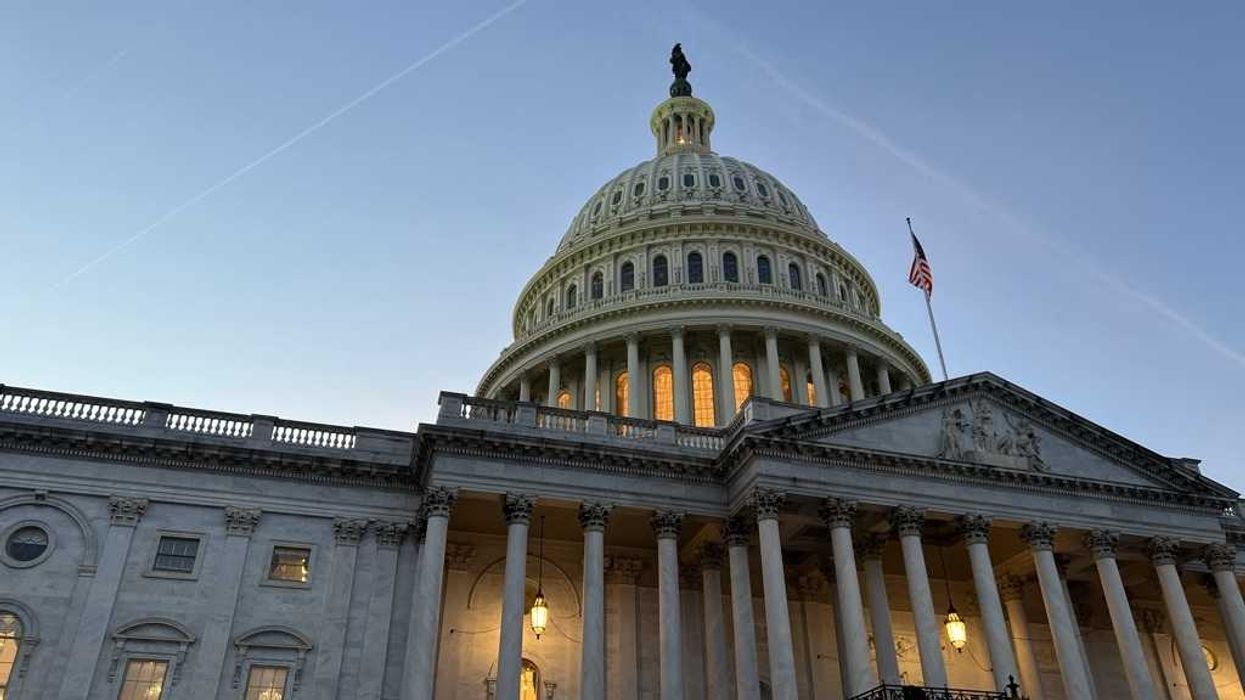Hi, Joe
Not sure this is the kind of question you answer but I need some guidance. I am the new supervisor of my team after a challenging reorg. It’s been a hard process of taking on this role, but I think I’m in a good place. Except for one guy on my team. He is doing everything to make it hard to move forward. I’ve tried reasoning with him but it’s not working. Any suggestions?
New supervisor
Hey, New Supervisor.
Sorry to hear you are going through this. Many of my clients are asking me the same question. With so many companies and nonprofits dealing with budget cuts, discussions around returning to the office or working from home, and an increase in resignations, it’s getting more challenging to manage an effective work culture.
In my coaching and trainings, I use a classic framework from American author, speaker, and organizational consultant William Bridges, where he explains that transition is the psychological process of adapting to change. In his writings, he emphasizes the importance of understanding the many-faceted layers of transition as a key for systems and organizations to navigate change and growth effectively.
“Transition is the natural process of disorientation and reorientation that marks the turning points in the paths to growth,” he says. “Transitions are key times in the natural process of self-renewal.”
Bridges offers us a simple, three-phase guideline that leads to clarity and aids us in successfully moving through transition.
- Letting go of the past.
- The "neutral zone" where the past is gone, but the new hasn’t fully presented itself yet.
- Embracing the new.
While the external circumstances may have already changed, we all have our own relationship with change, based on our psychological makeup, trauma history, privilege and how much we have to lose with the imminent change. Some see it as an exciting chance to expand; others can feel a threat to their power.
Using this “map” is a helpful first step in coming up with a strategy of how to support you and each member of your team to all go through that process of stepping into the new. My suggestion is to see where all members of your team currently are situated in this process. It sounds like you have fully embraced the new, or are still hovering in that uncomfortable liminal space where you are still not sure how things will play out. And it sounds like this person you are having trouble with is stubbornly not letting go of the old.
Once you’ve evaluated what phase each person is in, then you can come up with strategies for how to support them to continue moving forward. If people have let go of the old, but are still not embracing the new, what can you do to alleviate some of their anxiety caused by the uncertainty. Perhaps you need to be clearer in exactly what is expected of them in this new model.
And for this colleague who is stubbornly holding on to the old, maybe it’s a question of them gaining their trust. What can you do to show them that they will not be left behind, or become obsolete, in this new configuration? Maybe find out what their deeper concerns are, or what they would need to open to letting go of the old ways.
You may find out that they are just sabotaging the process; that they will never support you. If that is the case, perhaps it is appropriate to ask them to consider whether this job is still right for them. This of course is tricky when dealing with HR issues, but the sooner it is made clear that there is no way that the team is going back to the old way, the sooner you can have them make their own decision of whether to be collegial or to move on.
If it doesn’t feel safe for you to address them in this way, perhaps you find someone to join you in this conversation. The best way to help the other people be more receptive is to meet them where they are, give them the benefit of the doubt, and still stay clear and steadfast in your conviction that the change is inevitable. If you have any questions on how best to have difficult conversations like these, where you ensure that neither of you get harmed in the process, check out my book, “Mastering Respectful Confrontation,” for skills and strategies.
This is one way to approach this, New Supervisor. Perhaps you can use this situation as an opportunity to sharpen your management skills, and also as a way to establish your authority as both a compassionate and decisive leader. By doing so you build trust and safety, and set the conditions for a work culture based on respect and accountability.
Keep looking forward on your path,
Joe
Learn more about Joe Weston and his work here. Make sure to c heck out Joe’s bestselling book Fierce Civility: Transforming our Global Culture from Polarization to Lasting Peace, published March 2023.
To Ask Joe, please submit questions to: AskJoe@Fulcrum.us.






















